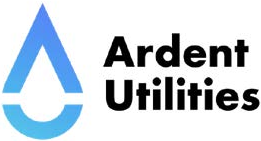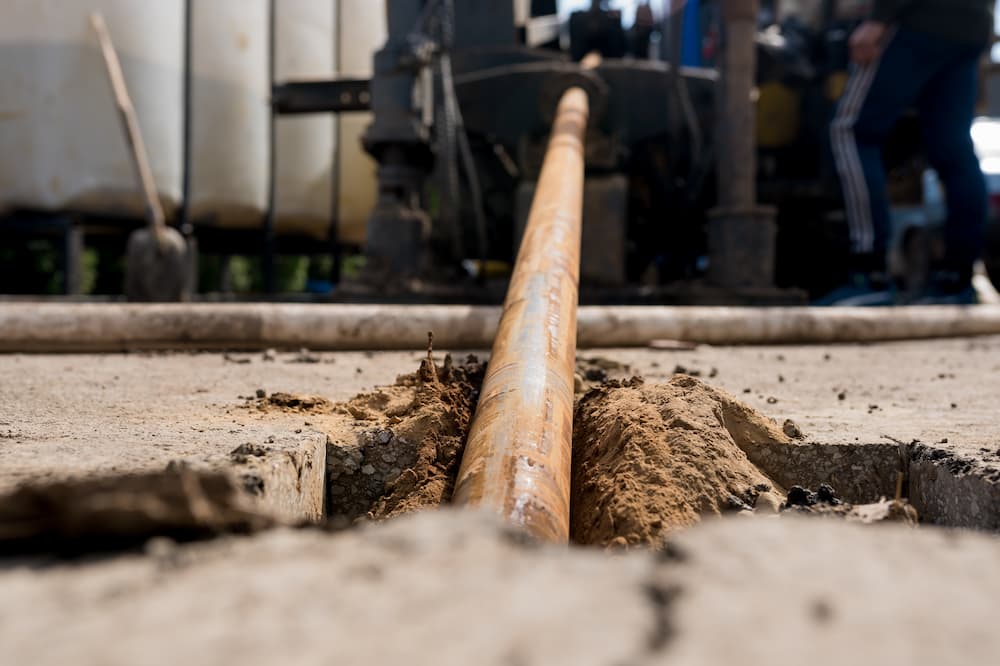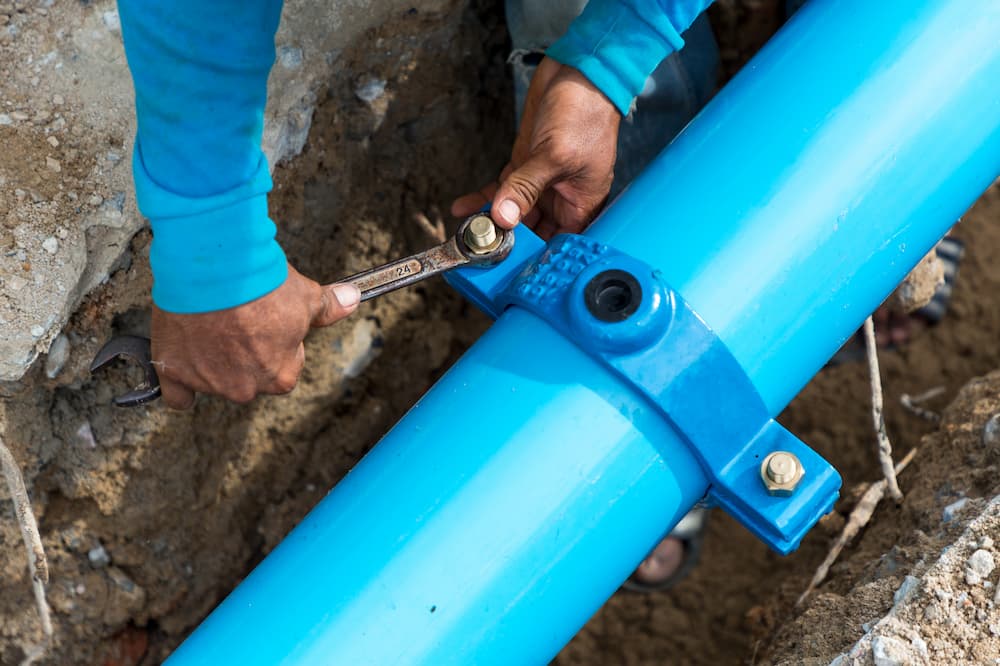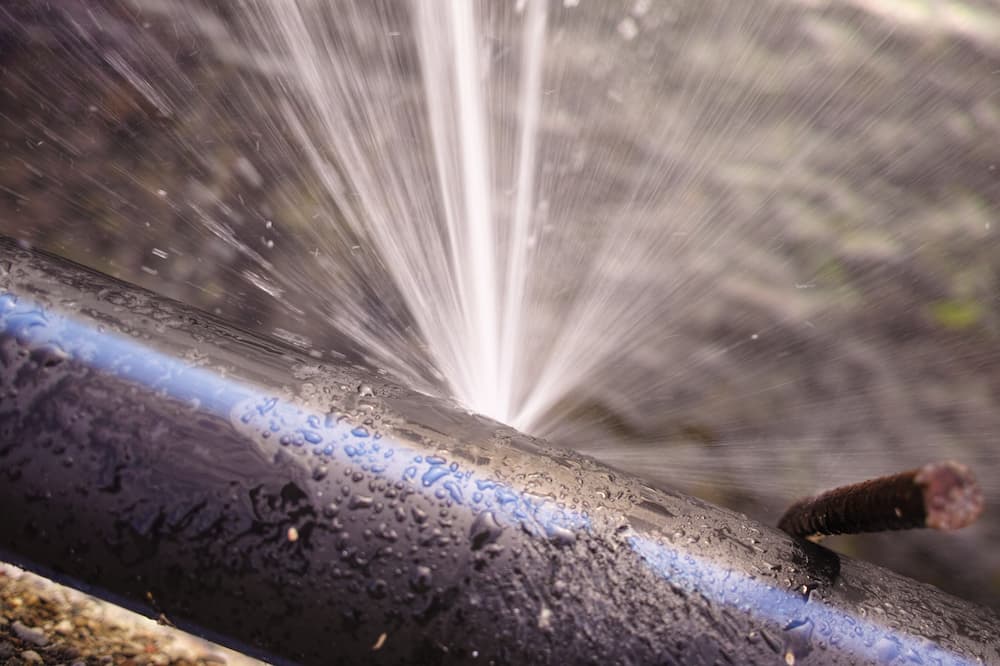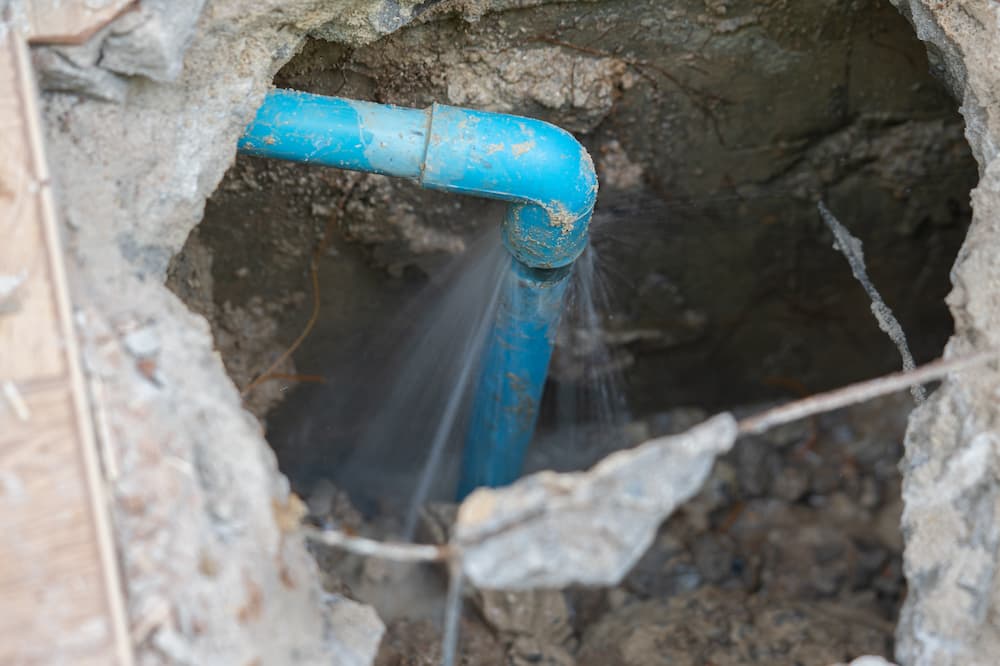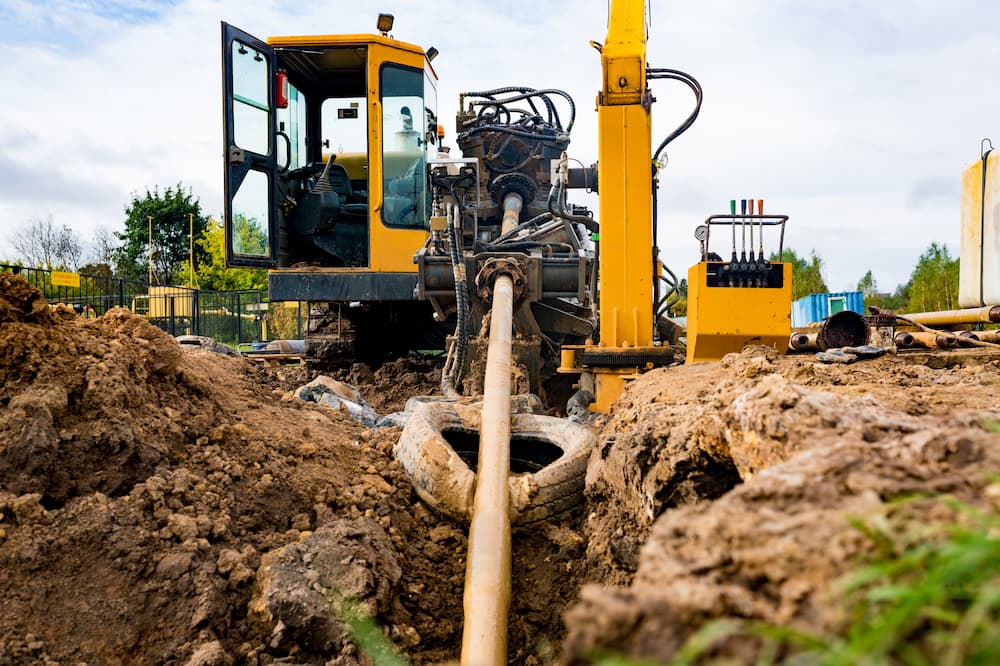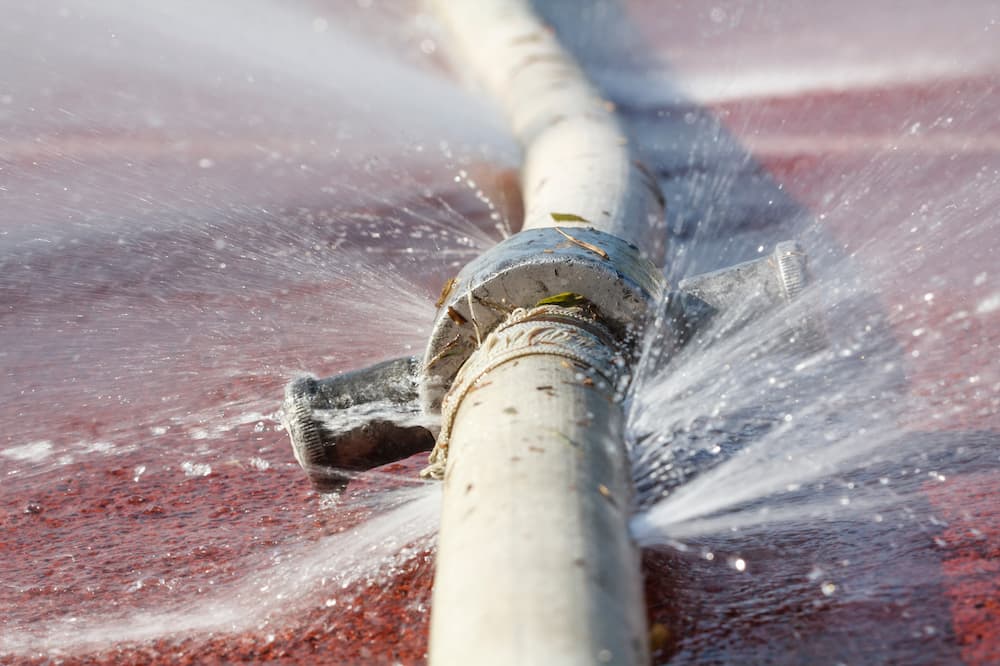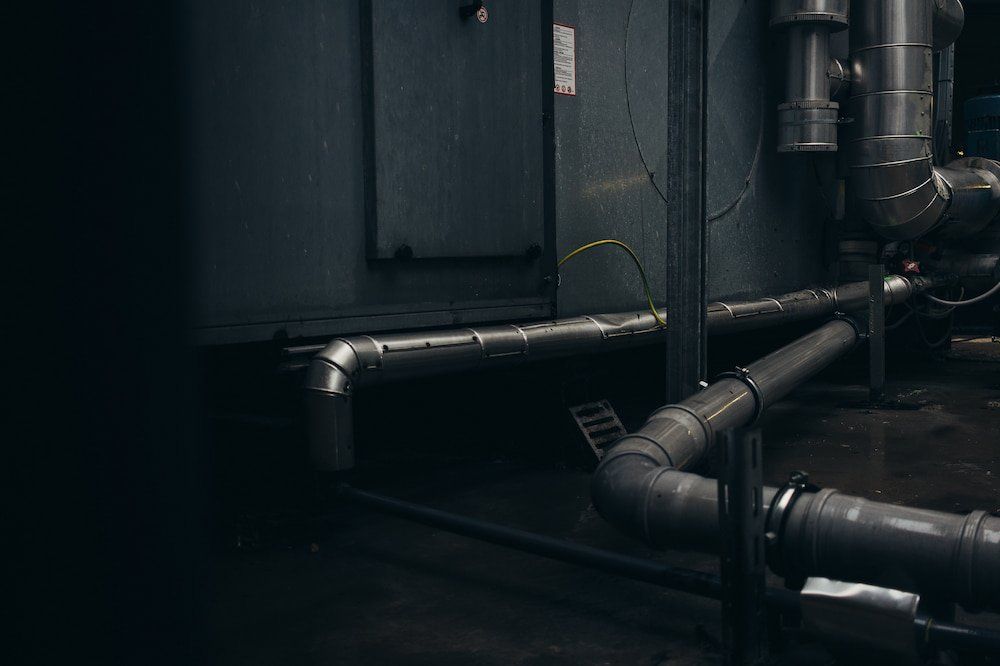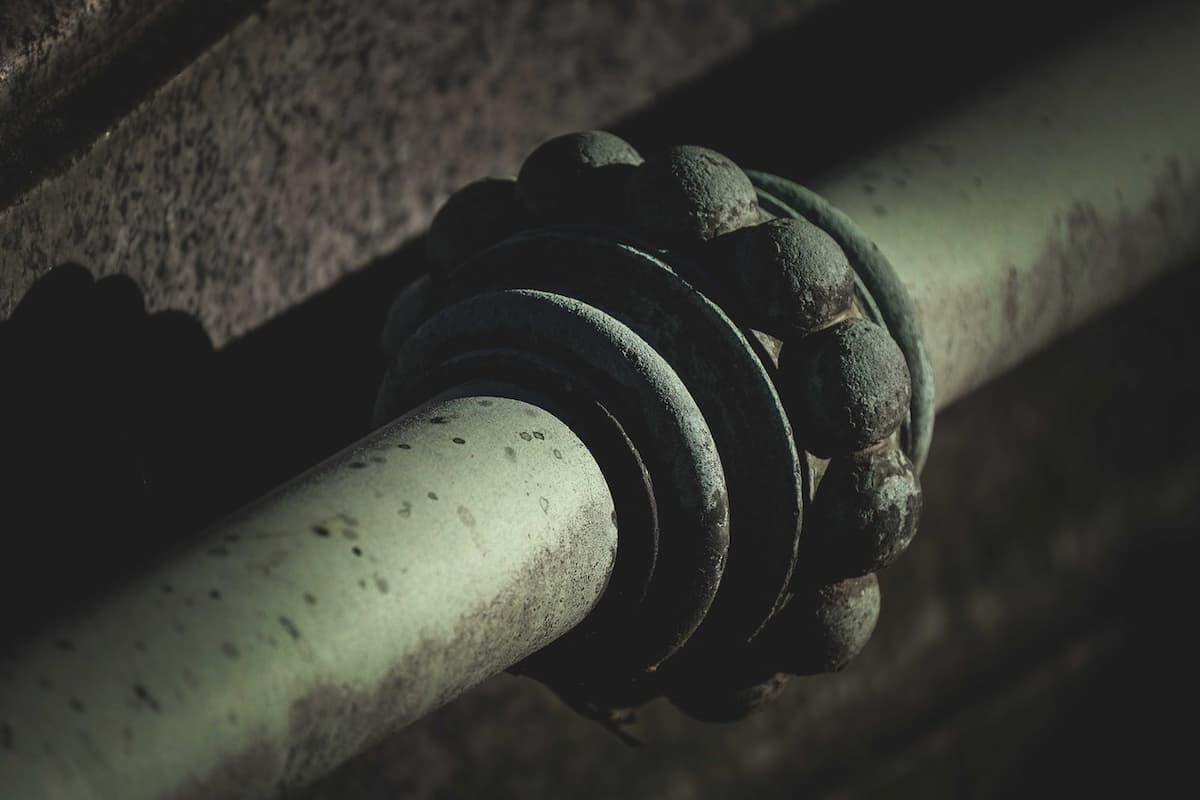What Is Underground Moling Technology?
Underground Moling system or impact moling is a kind of trenchless technology involving the strategic displacement of soil metres beneath the earth's surface to make pipes or cable installation easier, more economical, and environmentally friendly. Underground Moling can be used to create new pipelines underground and to replace existing pipes.
Impact Moling is one of the oldest, cheapest, and most efficient trenchless methods. The technology was invented by Eric Wood, an English agricultural engineer who needed to fix a broken air duct above his mushroom bed. Wood developed a method to run through the existing line using a felt tube packed with resin.
He proceeded to wrap it in plastic to pull it through 70 metres of the pipeline. Once the tube was in place, he expanded the new pipe with air and allowed it to harden, thereby replacing a new line inside the original plumbing and restoring the water supply. Over time, trenchless technology has developed and grown to be popular. Other trenchless boring methods include horizontal directional drilling, micro tunnelling, and pipe jacking.
Types Of Moles
There are two major types of moles: steerable and non-steerable moles.
Non-steerable Moles
These moles are designed for straight bores. They usually have difficulty staying on course in rapidly changing soil conditions and are typically easier to use when obstructions are minimal.
They are usually provided with replaceable heads suitable for different soil conditions. Wet soils with minimal obstacles can be breached with tapered heads, while splined heads are more suitable for digging dry and compressible soils.
The key to getting a satisfactory result is identifying the soil type of the area and making a good selection of mole heads to use before and during the moling process. Non-steerable moles can also integrate a tracking feature to keep track of the depth and location of the mole.
Steerable Moles
Many attempts have been made to develop a steerable mole. They are a fairly new technology and not very common. Steering mole is unique for its ability to make inclined and curved bores. They are also suitable for making straight bores as well.
How Does it Work?
Read on to learn more about the ins and outs of underground moling technology.
The Equipment
The mole is made up of a strong, resistant steel cylinder attached to a conical head with rough steel taking a torpedo-like appearance.
The cylinder consists of heavy pistons with an arrangement of valves that allows the piston to hammer against (the hammering action) the head when compressed air is applied to it, thus creating a forward momentum to the mole. This momentum can cause enough impact to displace the soil and break up small stones.
The mechanism of the piston can be reversed to pull out the mole when it goes in the wrong direction or to pull back the pipe ducts or cables that are being installed.
The Mechanism
There’s one common practice for every underground moling; it requires two exits: the entry and the exit pit, otherwise known as the launch pit and the reception pit. The length of the impact mole determines the diameter of this pit.
A lengthier mole has the advantage of accuracy, while a shorter mole has a lower environmental impact. There are usually two operators needed to work a mole. Each operator stays at the different ends of the pit to monitor and supervise the impact mole.
Once the pits are in place, the mole operators will position the launch cradle at the entry pit. The impact mole is then attached to the aiming sight while the other operator stands at the exit pit with a marked rod which serves as a target for the aiming sight.
The mole operator at the launch point can see a display of pitch and roll, especially when a tracker is attached. They are also the ones to detect the need for pitch corrections and ensure that the mole is steering in the right direction.
The rate of penetration of a mole is dependent on soil conditions. The most suitable soil conditions for impact moling include clays, silt, and generally soft cohesive material. Sands, gravel, and other densely packed soil are considered less appropriate for impact moling.
Conclusion
From plastic-wrapped felt tube to sophisticated steering moles, the advancement of technological innovations from existing inventions such as this has been thus far successful.
The development of underground moling and the continuous improvement of the technology based on the specific limitation of some of the methods has benefited the advancement of impact moling without compromising on its cost and efficiency.
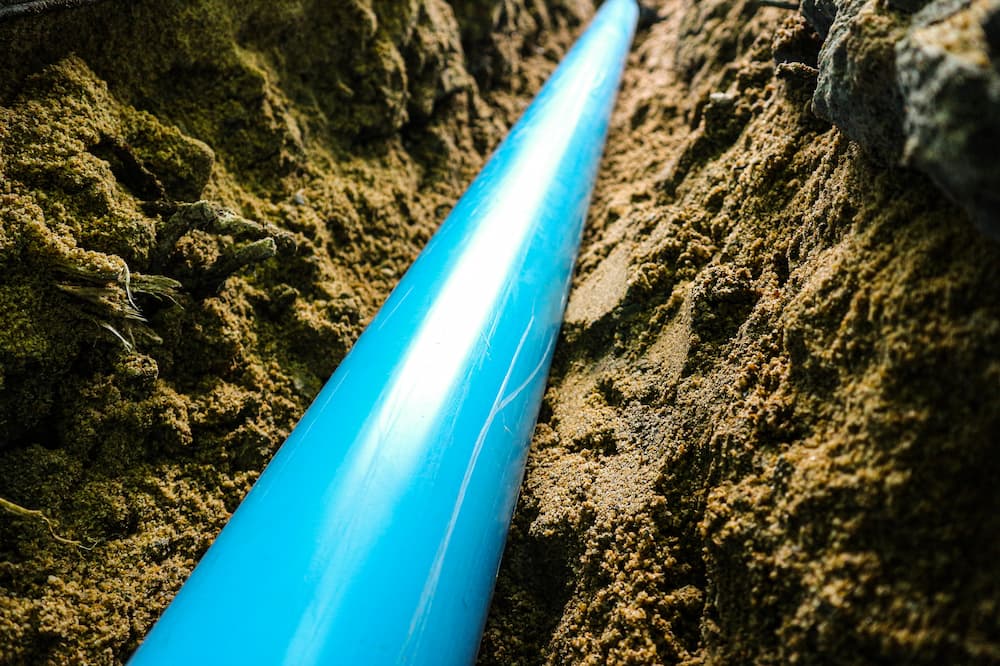
CONTACT
3 Ridgewood Drive,
Birkenhead, Wirral
CH61 8RA, UK
T: 0800 009 2964
E: enquiries@ardentutilities.co.uk
